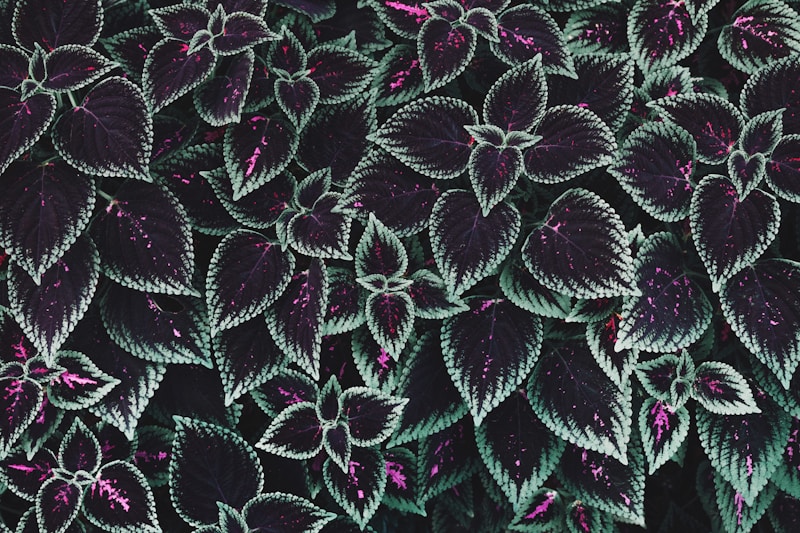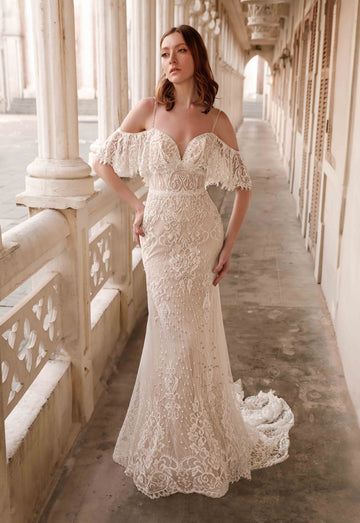Exploring Classic Tales Reflected in Dress Details: A Journey Through Fashion History
Exploring Classic Tales Reflected in Dress Details: A Journey Through Fashion History
Fashion is a powerful narrative medium that expresses cultural values, historical events, and classic tales. From ancient civilizations to contemporary society, clothing has often told stories—whether through fabric choice, color, or intricate designs. In this article, we will delve into how classic tales are reflected in dress details, emphasizing the rich tapestry of storytelling woven into fashion history.
The Connection Between Stories and Fashion
Throughout history, garments have served more than a functional purpose. They have been symbols of identity, status, and even morality. Classic tales often emerge from folklore, literature, and mythology, and these stories frequently influence how we perceive and create fashion. Dress details, including patterns, textures, and accents, can echo the themes of these tales, creating a deep connection between storytelling and sartorial choices.
The Role of Color and Fabric in Storytelling
Color and fabric can set the tone for an entire narrative. For example, in the classic story of Little Red Riding Hood, the vivid red cloak symbolizes danger and mystery. Designers frequently draw inspiration from this tale, creating garments that feature bold red hues and soft fabrics reminiscent of cloaks.
| Classic Tale | Fashion Element | Symbolism |
| Little Red Riding Hood | Red Cloak | Danger, Innocence |
| Cinderella | Glass Slippers | Transformation, Magic |
| Snow White | White Collar Dress | Purity, Fragility |
Patterns and Prints Reflecting Narratives
Patterns play a significant role in the storytelling aspect of fashion. For example, floral patterns are often associated with femininity and romance, harking back to tales like Beauty and the Beast. Designers might layer these prints, creating garments that tell a story through intricate visuals. These stories might not only celebrate romance but also reflect the character’s journey and transformation.

Historical and Cultural Influences on Dress Details
Different cultures express their stories through unique dress details. In Japan, the kimono often tells the wearer’s story through its colors and embroideries, each symbol representing different aspects of life, such as happiness or longevity. Similarly, traditional African garments embody narratives of heritage and identity, with patterns that celebrate community and history.
Fashion as a Reflection of Historical Context
Fashion trends often mirror the political and social climates of their times. During the Victorian era, women's clothing was not only a reflection of their societal roles but also represented the moral stories of femininity, virtue, and restraint. This era's dresses, with their corseted shapes and voluminous skirts, echoed the expectations placed on women in society—all the while telling a tale of conformity and rebellion.
Modern Adaptations of Classic Tales in Fashion
Today, fashion designers are continually reinterpreting classic tales through modern lenses. Incorporating dress details that nod to these stories enables designers to connect with audiences on a deeper level. For instance, the recent trend of “cottagecore” embraces whimsical, romantic elements reminiscent of fairy tales through flowing fabrics, embroidery, and earth-toned colors.
Merchandising Classic Tales Through Fashion
Merchants and brands also capitalize on classic tales by integrating them into product lines. Disney princess collections, for example, leverage the power of storytelling by creating clothing lines inspired by beloved characters. Consumers can purchase dresses, shoes, and accessories that reflect the tales they cherish, further intertwining fashion with narrative.
The Impact of Celebrity and Influencer Culture on Dress Details
In recent years, celebrities and influencers have played a crucial role in shaping fashion trends derived from classic tales. When a prominent figure wears a gown reminiscent of a fairy tale or an outfit that tells a poignant story, it boosts the visibility of those themes in contemporary fashion. For example, when Beyoncé wore a stunning gown at the Met Gala inspired by the classic tale of Egyptian mythology, it sparked conversations around how historical narratives could influence modern fashion statements.
Sustainable Fashion and Storytelling
As sustainability becomes increasingly important in the fashion industry, designers are exploring how classic tales can be reimagined with eco-friendly practices. By using sustainable materials and ethical production methods, designers not only tell stories through dress details but also advocate for responsible consumption and environmental stewardship.
Conclusion: The Interwoven Nature of Fashion and Storytelling
Classic tales reflected in dress details reveal the profound connection between storytelling and fashion. From ancient folklore to modern retellings, clothing serves as a canvas for narratives that resonate across time. As we continue to explore this relationship, it's essential to appreciate the cultural significance of dress details and their ability to convey stories that shape our identities.
When exploring fashion influenced by classic tales, one should consider personal values, historical contexts, and the materials used in clothing production. Whether you're a designer, a consumer, or a fashion enthusiast, understanding the storytelling potential within fashion can enhance your appreciation and choices within the industry.
In essence, dress details not only serve as adornments but as cultural markers and storytellers in their own right. Always remember to choose fashion that reflects your narrative while honoring the timeless stories woven into our collective history.
